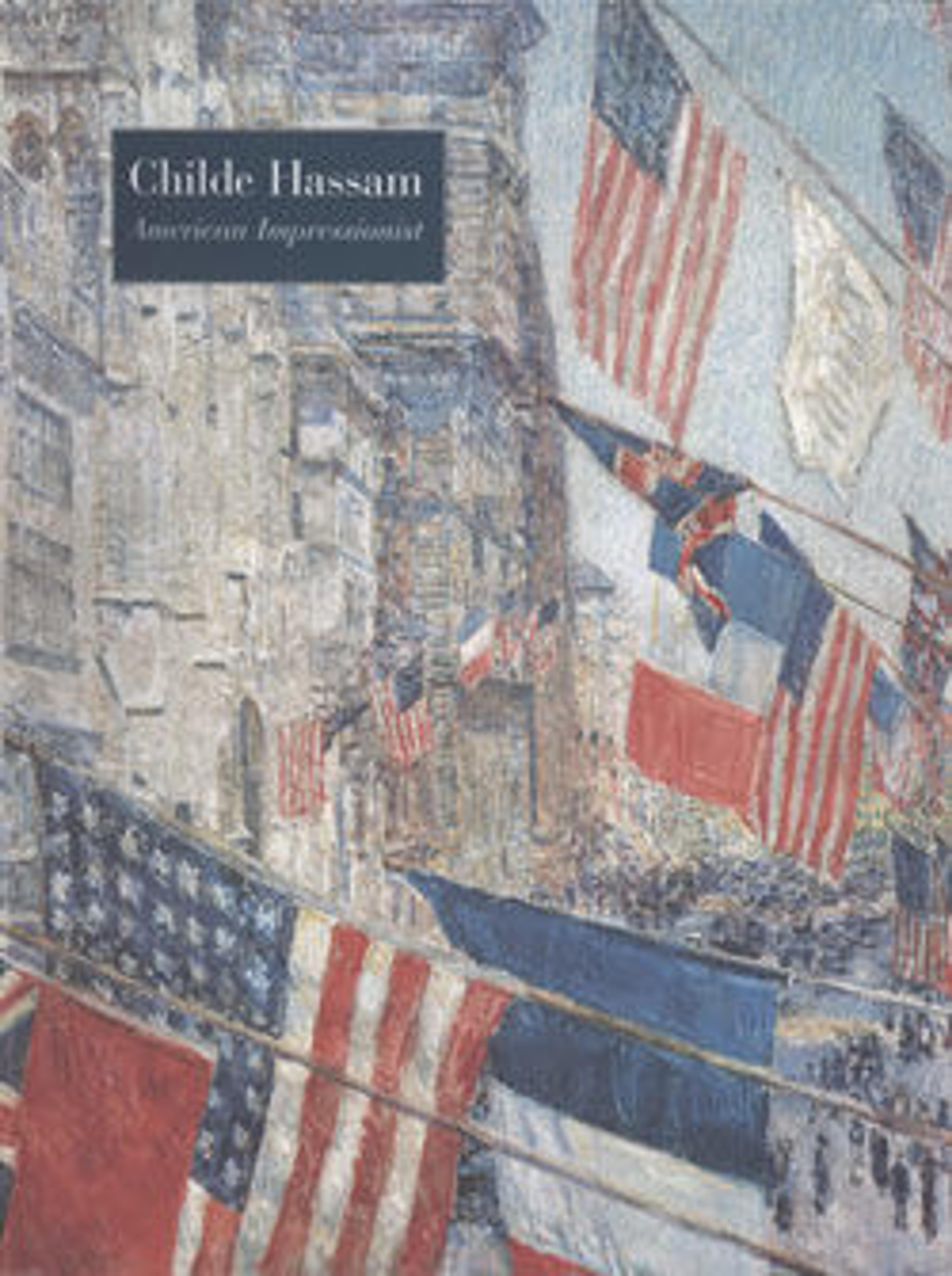Cannon Rock
Prouts Neck, Maine, where Homer spent most of his last twenty-five years, hosted a vibrant summer community that dispersed during the winter months. The artist enjoyed the tranquility of the off-season, when the storms were fiercer and the ocean more changeable and dramatic. Cannon Rock, seen protruding from the outcropping at lower right, takes its name from its resemblance to a cannon seen from behind and from the booming sound of the surf breaking at its base, particularly during stormy weather.
In 1903, a critic for the New York Times admired Cannon Rock for the "infinite zest" and "virility" of Homer’s brushwork—especially evident in the thick impasto of the cresting wave—and declared him "the greatest living marine painter of the age."
In 1903, a critic for the New York Times admired Cannon Rock for the "infinite zest" and "virility" of Homer’s brushwork—especially evident in the thick impasto of the cresting wave—and declared him "the greatest living marine painter of the age."
Artwork Details
- Title: Cannon Rock
- Artist: Winslow Homer (American, Boston, Massachusetts 1836–1910 Prouts Neck, Maine)
- Date: 1895
- Culture: American
- Medium: Oil on canvas
- Dimensions: 40 x 40 in. (101.6 x 101.6 cm)
- Credit Line: Gift of George A. Hearn, 1906
- Object Number: 06.1281
- Curatorial Department: The American Wing
More Artwork
Research Resources
The Met provides unparalleled resources for research and welcomes an international community of students and scholars. The Met's Open Access API is where creators and researchers can connect to the The Met collection. Open Access data and public domain images are available for unrestricted commercial and noncommercial use without permission or fee.
To request images under copyright and other restrictions, please use this Image Request form.
Feedback
We continue to research and examine historical and cultural context for objects in The Met collection. If you have comments or questions about this object record, please contact us using the form below. The Museum looks forward to receiving your comments.
